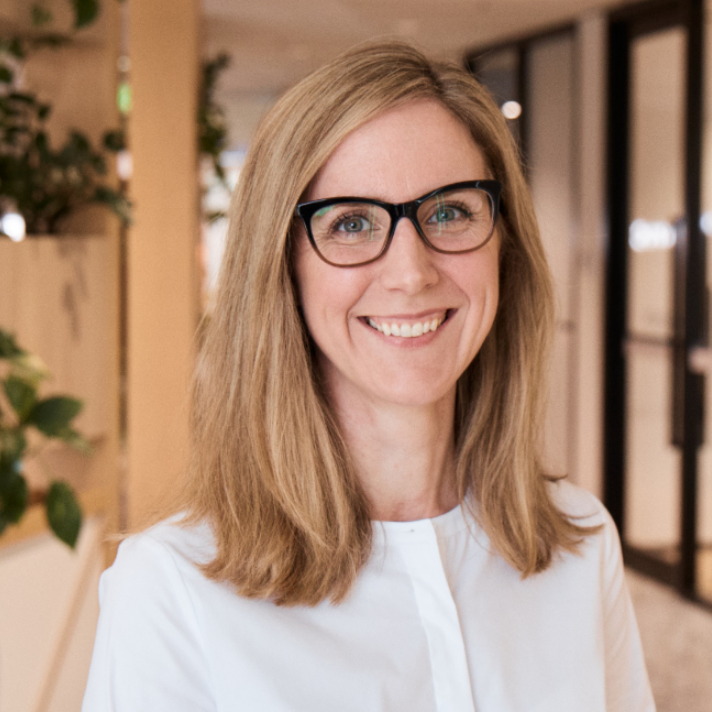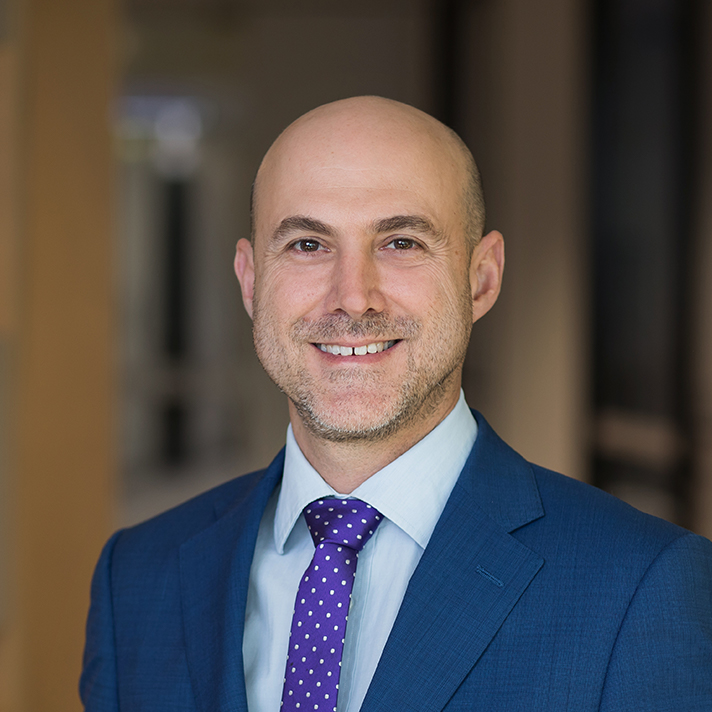International Women’s Day – STEMming the gaps


As we look forward to a gender-equal world on International Women’s Day and the actions we can all take to make it happen, Taylor Fry Director Ramona Meyricke shares a few of her experiences in STEM and discusses policy’s critical role, how culture injects complexity, and the virtue of seeing value in all the right places.
How did you come to study STEM subjects?
Although my parents were both English teachers, I always really liked maths! I love how maths and statistics can help solve so many problems in so many fields. For instance, health statistics help to identify and improve health treatments, mathematical modelling is used to quantify costs and benefits of government services, and you can apply maths in all areas of science to achieve better discoveries. Statistics are also a big part of psychology, enabling experiments and inference to increase understanding of how people think.
When you think of International Women’s Day, what words of wisdom have had the most impact on you?
Whenever I think about gender equality, I’m reminded of the imagery of Mao’s words “women hold up half the sky”. It makes so much sense to include women – who make up a little more than half the population – in creating change. Why would you leave half the population behind? I also like the quote from American physicist Rosalyn Yalow, who said, “The world cannot afford the loss of the talents of half of its people if we are to solve the many problems which beset us.”
As your career has progressed, how has your view of equality in the workplace been shaped?
During the period of having very young children, I became more aware of all the economic incentives for women to take time off and take more of the burden in parenting. Between the cost of childcare and income tax, I would have taken home very little extra pay for working full time rather than part time.
“It makes so much sense to include women in creating change. Why would you leave half the population behind?”
What are the main achievements and areas of concern for women in the workplace?
Representation is definitely ticking up in most large organisations, but the issues for women in the workplace remain real. Over the past 20 years, there has been improvement, but it’s only marginal. Two areas of concern are closing the gender pay gap and equitable parental leave and childcare arrangements.
Can you explain the extent of the gender pay gap?
When we prepared the Actuaries Intergenerational Equity Index, we looked at the gender pay gap. As recorded by the Australian Bureau of Statistics Average Weekly Earnings, females earned on average 13.6 per cent less than males in 2000, and 12.7 per cent less than males in 2019 – a fairly incremental change in almost 20 years. Importantly, the pay gap isn’t a measure of whether women earn less than men for the same job – rather, it’s an indicator of women’s overall position in the workforce, representing how they and their work are valued on average. And the pay gap is linked to childbearing and motherhood, not just gender.
It’s a challenging problem to fix, but policy and structural settings have a role to play in helping to equalise the playing field.
How can policy settings help?
A paper by the Grattan Institute reflects Australia’s more punitive approach to policy in this area. The paper shows how a combination of tax, welfare settings, and childcare costs means women are often working their fourth or fifth day for no extra pay. That money after tax is equivalent to what they’re paying in childcare. Unsurprisingly, they don’t do it, which is the right decision in the short term but sets them back in the long term.
Policy changes such as paying women super when they’re on maternity leave and making childcare costs less punitive could certainly help close the pay gap, but finding solutions is more complex than this.
“Over the past 20 years, there has been improvement, but it’s only marginal … Why do we have aged-care workers earning less on average than people who work at Bunnings?”
What role do social and cultural factors play?
Even when progressive policy settings are in place, for example in the EU where childcare can be free, we’re still seeing women voluntarily elect to reduce their working hours to take on more parenting responsibilities, which is the main cause of labour market inactivity and low female employment rates in Europe. Embedded social and cultural factors are so much harder to change.
On top of this, women tend to work in occupations with lower average wages than men. Teaching, nursing and aged care, for example, are industries predominated by women. In the past year alone in Australia, we’ve seen teachers and nurses striking because of their pay and work conditions when we’ve never needed these professions more.
Ultimately, no one should be penalised, regardless of how they choose to live their lives in terms of family setup and arrangements and whether or not they have children.
How do we address these embedded issues?
Confronting these realities, especially on International Women’s Day, means discussing difficult questions – why are some occupations less valued and remunerated than others? Someone has to look after old people and sick people and teach children. Why do we have aged-care workers earning less on average than people who work at Bunnings?
This suggests we have a systemic problem in Australia and amplifies the importance of getting policy and structural settings right, including wage protection, and incentives for training and bringing the best people irrespective of gender into teaching and healthcare, and having parental leave and childcare policies that support mothers’ continued economic participation.
How important is it to you and others to advocate for women in this industry?
I mentor a lot of women and that’s very important to me, especially in exchanging shared experiences – which aren’t necessarily gender related!
More broadly, achieving diversity and fairness in workplaces is a shared responsibility. Everyone, every day has opportunities to seek a diverse range of views and inputs into their work, or to build diverse teams, boards or panels – not just on International Women’s Day. A part of this is also reflecting on whether you achieved better outcomes through the diversity. In most cases, the answer would be yes.
For instance, I remember attending a working group meeting on International Women’s Day a few years ago discussing gender equality in superannuation and out of 10 people, I was the only woman. Ironically, I had to leave early because I was pregnant and had to get to an appointment!
“Everyone, every day has opportunities to seek a diverse range of views and inputs into their work, or to build diverse teams, boards or panels.”
As more women join STEM professions, will their involvement change outcomes for community?
On the theme of diversity, fairness and richness of thought, I’m hopeful that a more diverse workforce results in more considered views from multiple perspectives. I’ve worked on all-women teams and teams where I’m the only woman and the most helpful qualities are open-mindedness and respect, which seems to be more about the person rather than the gender, in my experience.
Do you think there’s a role for quotas?
I’d prefer a society where we reach our goals without them to avoid the accusations of tokenism and bitterness from both sides, but I can see the argument for their use. When we look to history for positive evidence, apartheid is an example where race-based quotas were introduced for a period in South Africa to help reverse the systemic disadvantage. So perhaps for a time, you need to tick boxes to adjust the status quo, and then the path follows naturally from there.
Has anything surprised you in your career so far in working with men or women?
I initially thought women mentors would be better for me, but over time I lost that idea. I’ve had equally great men and women mentors.
What’s a lesson you’d like to share?
I’ve had some excellent advice over the years, especially “learn to pace yourself”. Life is for the long haul – it’s a marathon not a sprint – so even when you’re going through tough patches, know these will pass with easier times round the corner. Above all, make sure you enjoy whatever you choose to do because you’ll be doing it for a long time!
Ramona uses data, analytics and actuarial modelling to help improve government, health and disability systems and services, with a particular focus on climate risk. Find out more about her work here
Recent articles
Recent articles
More articles

What climate disclosure means for the public sector
Following up our article on climate disclosures for insurers, we look at the latest developments for government entities across Australia
Read Article

Mandatory climate disclosures – what’s new for insurers
With Treasury releasing its final position paper last week, we unpack what it means for insurers’ climate-related financial reporting
Read Article




